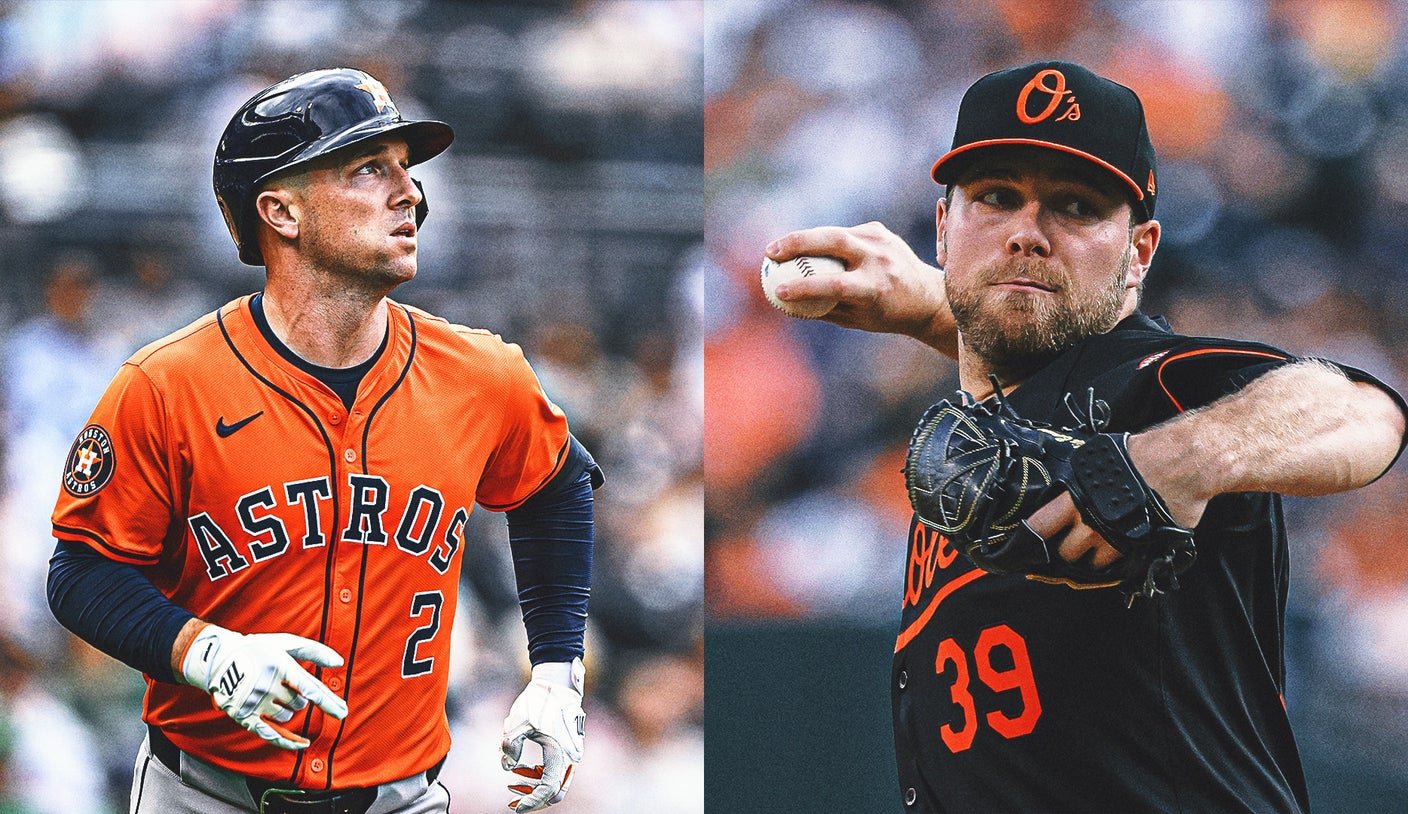Major League Baseball will test robot umpires at 13 spring training ballparks hosting 19 teams, a move that could pave the way for their regular-season implementation as early as 2026. This significant step reflects MLB’s ongoing commitment to modernizing the game and enhancing the accuracy of officiating.
Since 2019, MLB has been trialing the automated ball-strike system in its minor leagues, yet the league continues to refine the parameters of the strike zone. The goal is to create a consistent and fair playing field for all players.
For the robot umpires to be utilized in the major leagues, an agreement must be reached with the Major League Baseball Umpires Association. This negotiation is particularly pressing as their current collective bargaining agreement is set to expire on December 1.
Commissioner Rob Manfred expressed his interest in seeing this technology in action by 2026 during a recent owners’ meeting, acknowledging the complexities of collective bargaining in this context. “We do have a collective bargaining obligation there. That’s obviously a term and condition of employment,” he stated, emphasizing the need for dialogue.
Manfred noted that the upcoming spring training trials will be crucial for evaluating the system’s effectiveness and gathering feedback from both players and teams. “There’s two sides to that test,” he remarked, highlighting the importance of understanding perspectives from all stakeholders involved.
In the Triple-A leagues, the automated ball-strike system has been in use for two consecutive seasons. However, there is still some reluctance to strictly adhere to the defined strike zone as outlined in the rulebook. MLB has been experimenting with various modifications during minor league testing to find a suitable balance.
Currently, the automated system determines strikes based on the ball’s crossing point over the plate, measuring 8.5 inches from both the front and back. Adjustments this year have seen the top of the strike zone raised to 53.5% of the batter’s height, up from 51%, while the bottom remains unchanged at 27%.
After initially splitting the duties between robot umpires and human officials in Triple-A games, MLB transitioned to an all-challenge system, where human umpires make the majority of calls. This change allows for a more interactive game, where teams can challenge specific calls, similar to the video review processes seen in the major leagues.
During the latter half of the season, teams in the Pacific Coast League were granted three challenges, while those in the International League received two. Successful challenges allow teams to retain their opportunities, mirroring the established regulations in the major leagues.
“I think we will have a spring training ABS test that will provide a meaningful opportunity for all major league players to see what the challenge system will look like,” Manfred stated, assuring fans that while not every ballpark will host the experiment, plans are in place for every team to gain significant exposure to the new technology.









